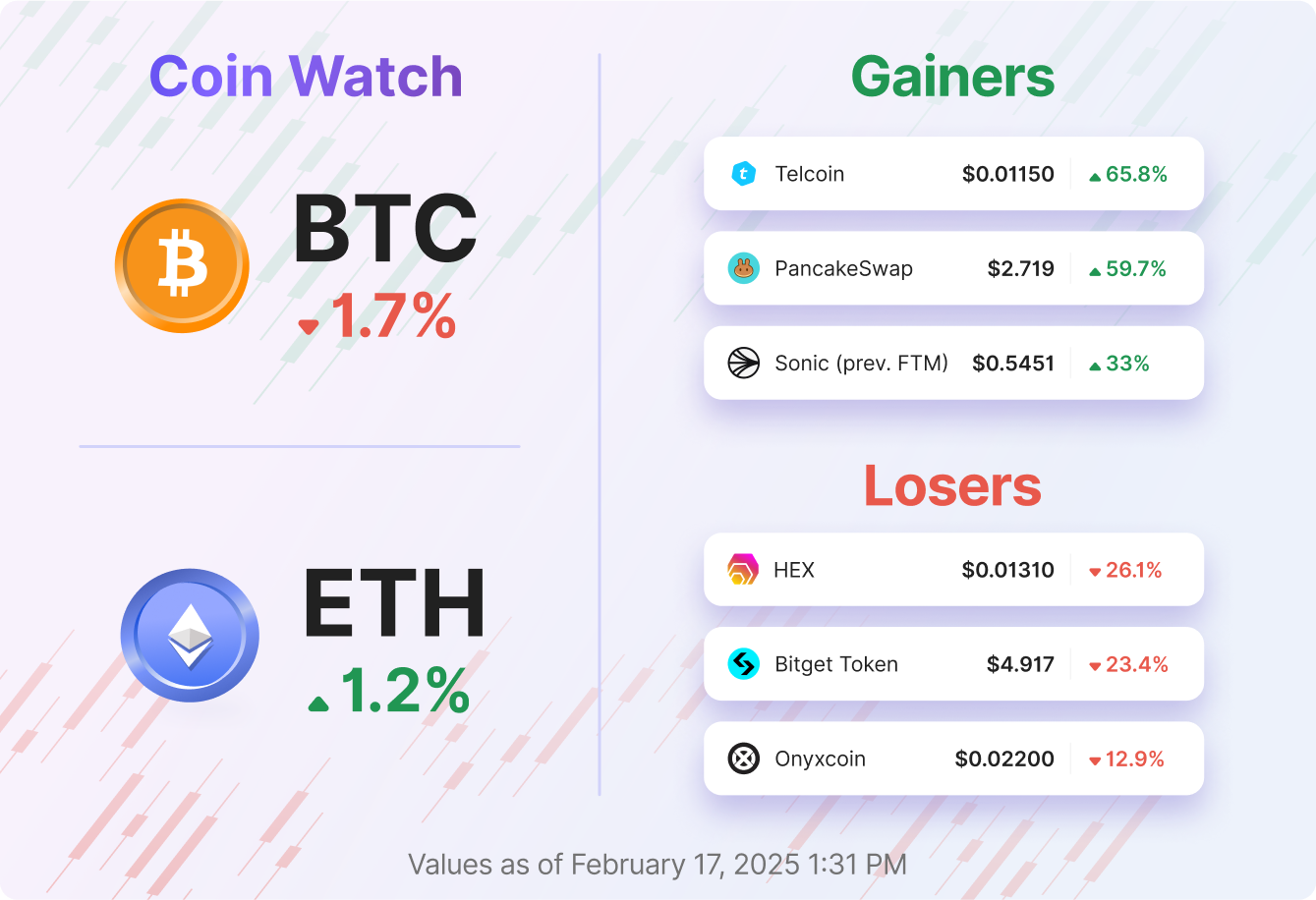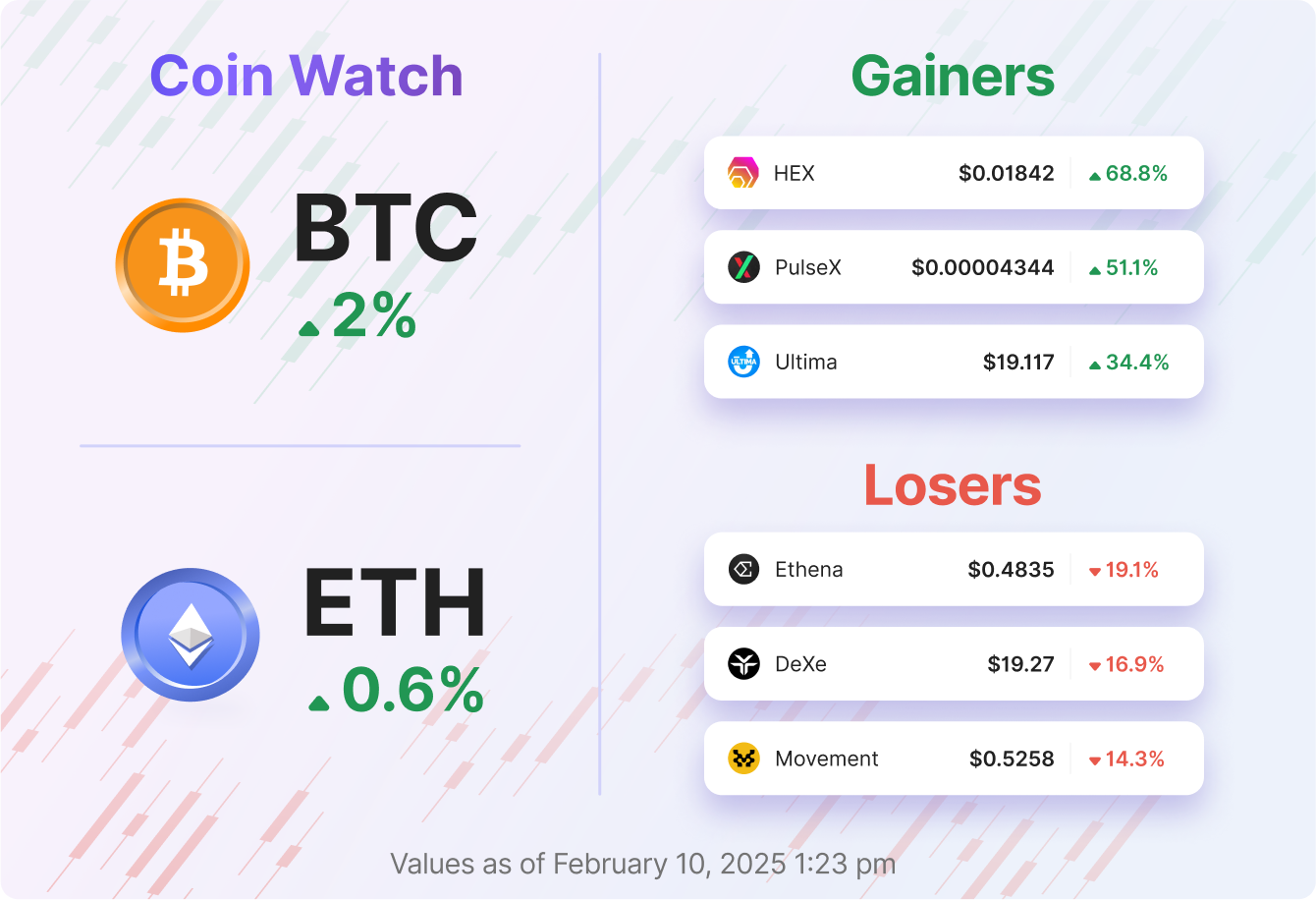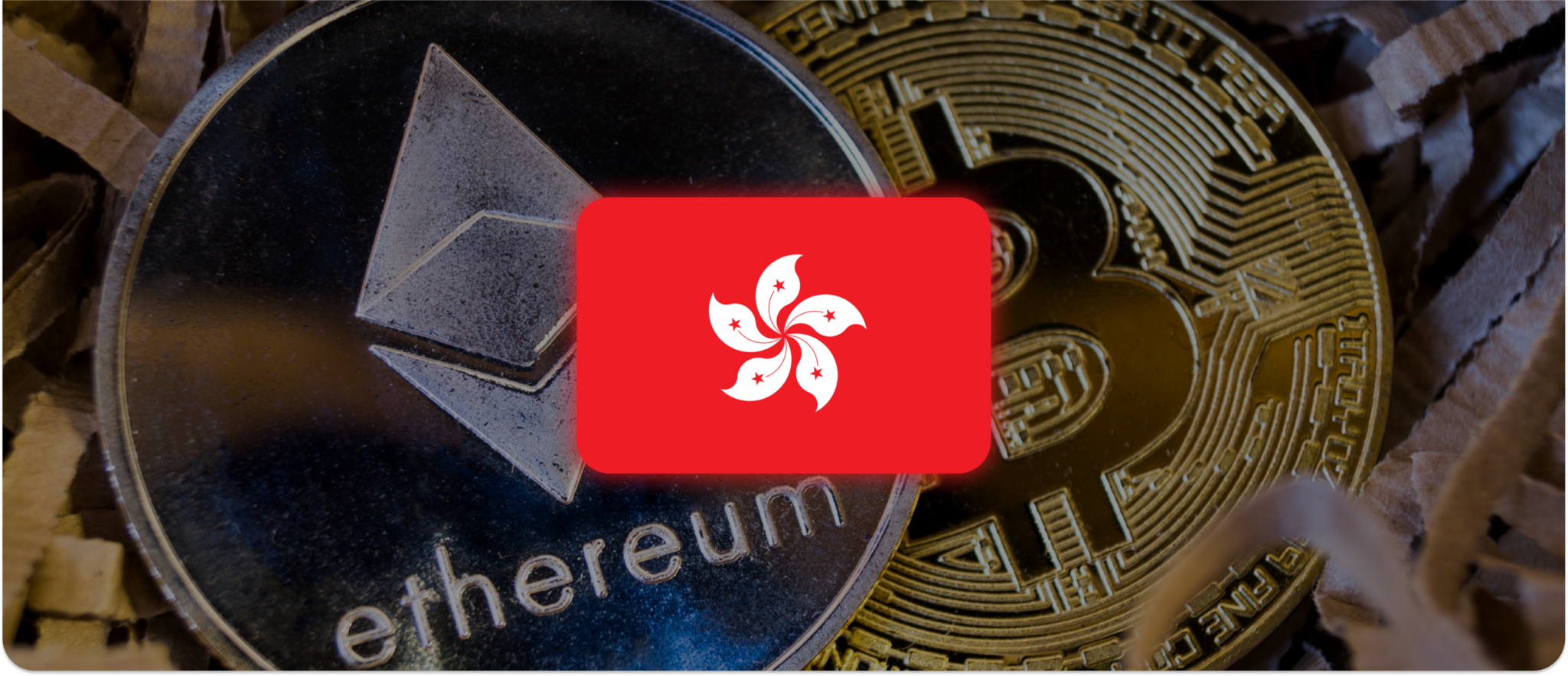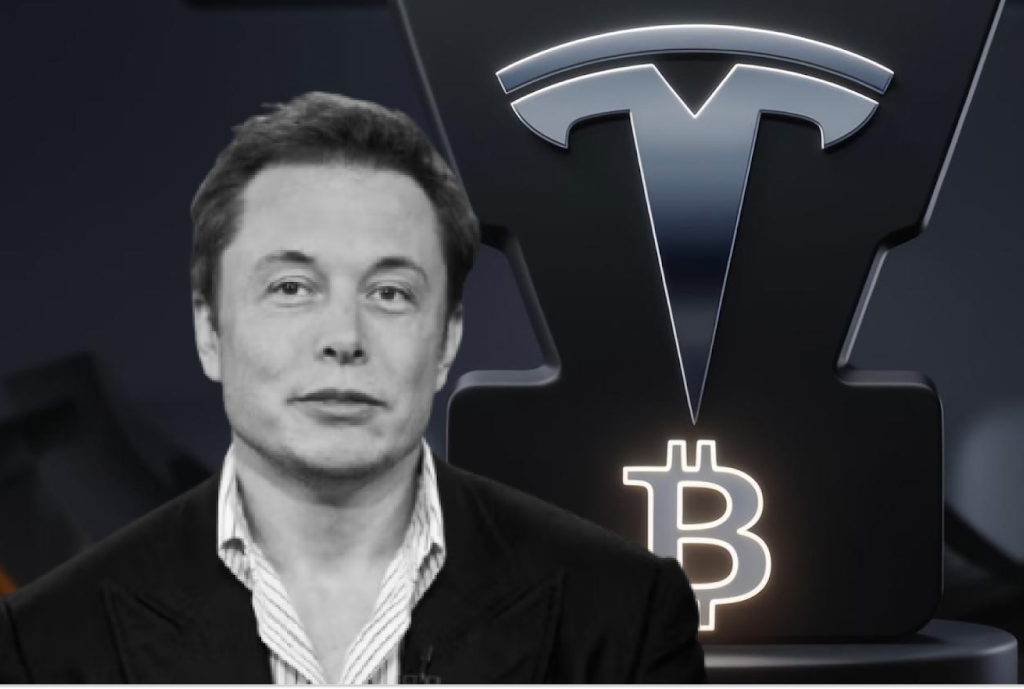Crypto never stays still. Just when the market seems to settle, a new wave of developments shakes things up. This time, it’s a mix of institutional confidence, regulatory movements, and retail-driven hype that’s steering the industry’s direction. From sovereign wealth funds making massive Bitcoin bets to the ongoing drama surrounding Ethereum ETFs and, of course, the never-ending fascination with memecoins—there’s a lot to unpack.
Institutional adoption is once again proving to be a dominant theme, with Abu Dhabi’s Mubadala Investment Company making a strategic move into Bitcoin ETFs. Meanwhile, Ethereum’s spot ETF approval is turning into a regulatory tug-of-war, keeping investors on edge. And in true crypto fashion, the memecoin market refuses to be ignored. Let’s dive into the biggest stories of the week.

Abu Dhabi’s $436M Bitcoin ETF Buy

Bitcoin just got a huge credibility boost from one of the world’s most powerful institutional investors. Abu Dhabi’s Mubadala Investment Company, which manages over $280 billion in assets, has disclosed a massive $436 million stake in BlackRock’s Bitcoin ETF (IBIT). This makes it the second-largest institutional holder of IBIT, right behind hedge fund giant Millennium Management.
This is a big deal for multiple reasons. Sovereign wealth funds like Mubadala are known for their ultra-conservative investment strategies. They don’t throw money into speculative assets without careful analysis. Their decision to back Bitcoin through an ETF suggests that BTC is no longer being seen as just a risky bet—it’s now being recognized as a legitimate store of value. And if one sovereign fund is willing to take the plunge, others might not be far behind.
Institutional investors are already scooping up Bitcoin ETFs at record levels. BlackRock’s IBIT has accumulated over $5 billion in BTC holdings within just weeks of launch. If more sovereign wealth funds and pension funds start allocating even a small portion of their assets into Bitcoin, the supply squeeze could send prices soaring. Retail investors have long hoped for mainstream adoption—but moves like this show that big money is already here.
The key question now is: Will this trigger a domino effect? As BTC edges closer to its April halving, institutional FOMO could intensify, pushing prices to new highs. If Bitcoin’s reputation as a ‘digital gold’ continues to solidify, it might not be long before more sovereign wealth funds—and even governments—start accumulating.
XRP Surges as SEC Recognizes ETF Application

XRP, the cryptocurrency linked to Ripple, saw a major price jump after the U.S. Securities and Exchange Commission (SEC) acknowledged Grayscale’s request to turn its XRP Trust into an exchange-traded fund (ETF). This move excited investors, pushing XRP’s price up to $2.76, its highest since February. The price has since pulled back slightly to $2.72 but still shows an 8% gain over the past week. This announcement is seen as a step forward for the approval of crypto-based ETFs, though it doesn’t guarantee that the application will be approved.
Experts believe this recognition could be a game-changer for XRP, making it more attractive to investors. Davis Richardson, a public relations expert, points out that XRP’s value is tied to cross-border payments, but with stablecoins like USDC and Tether gaining popularity, XRP’s role has been challenged. However, if the SEC opens the door for more crypto ETFs, XRP could get its turn to shine. Azeem Khan, CEO of Morph, adds that an XRP ETF would make it easier for people to invest in XRP without needing to buy crypto directly, which could drive its price even higher.
Ripple’s ongoing legal fight with the SEC, which began in 2020, still looms large. The SEC accused Ripple of selling XRP as an unregistered security, but there’s hope that recent delays in other cases, like the SEC’s pause in its lawsuit against Binance, could work in Ripple’s favor. Analysts believe that an XRP ETF has a good chance of being approved by the end of 2025, thanks to Ripple’s strong market presence and connections. This development signals growing interest in crypto assets and could pave the way for more crypto ETFs in the future.
CZ’s Dog ‘Broccoli’ Sparks a Memecoin Frenzy

Binance founder Changpeng “CZ” Zhao has unintentionally ignited a memecoin craze after revealing his pet dog’s name—Broccoli. Within moments of CZ posting a picture of his Belgian Malinois on X.com, a wave of Broccoli-themed memecoins flooded the market, with tickers like “BROCCOLI” popping up across multiple chains.
This frenzy comes shortly after BNB Chain’s experiment with the ‘Test’ (TST) memecoin, which surged over 2,000% following CZ’s casual mention before its Binance listing. The broader speculation around memecoins has contributed to BNB’s strong rally, with the token up 9% in the past 24 hours and over 21.5% in the past week.
Meanwhile, PancakeSwap has overtaken Uniswap as the top decentralized exchange (DEX) by daily and weekly trading volume, according to DeFiLlama. PancakeSwap’s 24-hour volume surpassed $3 billion, with its native token, CAKE, soaring 40% in a day and over 100% in a week. Analysts suggest the memecoin frenzy could be fueling this trading surge, reinforcing BNB Chain’s growing dominance in the DeFi space.
OpenSea Unveils $SEA Token and Expands Beyond NFTs with OS2

NFT marketplace OpenSea is evolving into a full-fledged digital asset trading platform with the launch of OS2 and its new $SEA token. The company announced an airdrop of $SEA tokens for eligible users and revealed that OS2 will integrate NFT and fungible token trading in one seamless experience.
“This marks OpenSea’s transition from just an NFT marketplace to a broader platform for all digital assets,” said OpenSea CEO Devin Finzer. “NFTs and tokens belong together in a single, powerful, and user-friendly experience.”
Key features of OS2 include:
- Enhanced trading tools: Improved search, sorting, and discovery features
- NFTs & tokens in one place: Integrated swaps through liquidity aggregators
- Cross-chain compatibility: Purchase NFTs and tokens across multiple blockchains
- Aggregated marketplace listings: Ensuring the best prices for users
- Live data & analytics: Real-time rarity insights and detailed statistics
- User rewards: An XP-based rewards system for active traders
The OpenSea Foundation states that $SEA will play a key role in boosting engagement within the NFT and broader crypto ecosystem. While details on the token’s launch timeline remain under wraps, it is expected to reward loyal users and facilitate transactions on OS2.
What Next
This week, investors are focusing on FTX’s approved plan to repay $16 billion to customers, with initial distributions expected to begin on the 18th of February. This significant influx of funds could enhance liquidity in the cryptocurrency market, potentially influencing asset prices and investor sentiment. Analysts anticipate that a portion of these repayments will be reinvested into the market, providing a much-needed liquidity boost and possibly contributing to a bullish trend in the digital asset ecosystem.













